Hi there!
[From the expedition ship M/S Origo via satellite link | The Arctic Ocean.]
For the second time this year, our interdisciplinary fieldwork in the Arctic Ocean continues along the same route that the Linnaeus’ apostle Anton Rolandsson Martin sailed along in 1758. This is the fifth fieldwork expedition since 2016 and the initial phase of the completion for this project's extensive research – The Bridge Builder Expeditions | Spitsbergen.
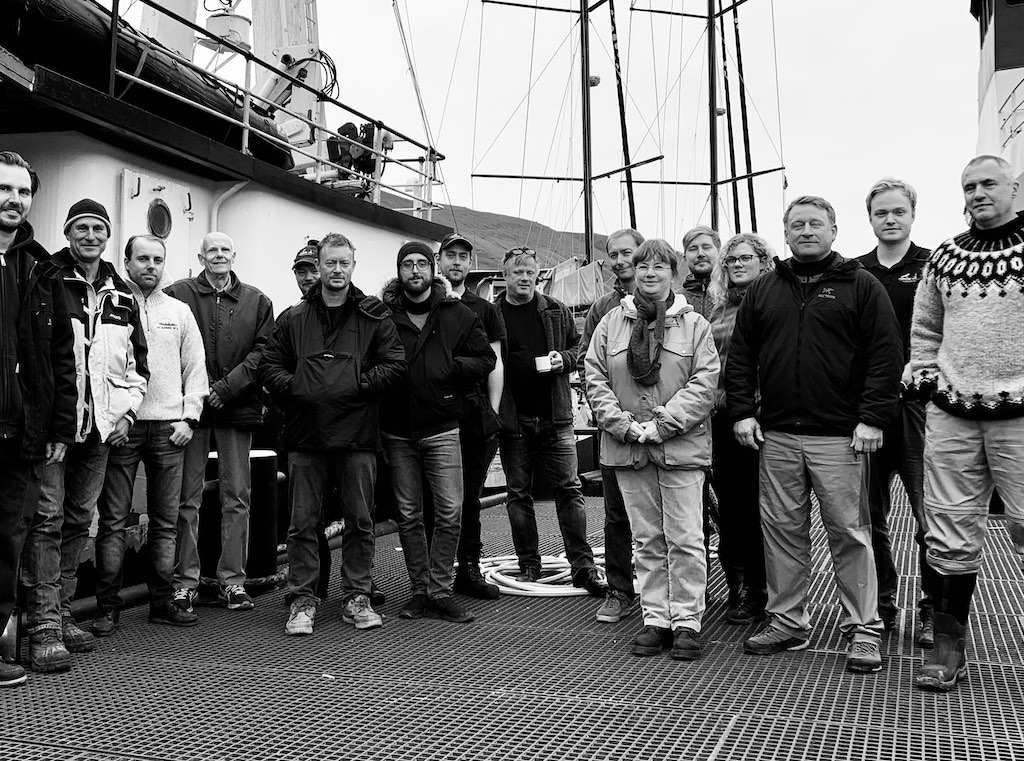
In 2020, we will round off with a fieldwork period in the spring / summer, after which we will begin processing the solid material from five years of work with a special focus on the western coastal area – where Spitsbergen meets the Arctic Ocean. This is a truly isolated area on our planet with a particularly multifaceted natural and cultural history. During The IK Foundation's various fieldworks and research in archives, libraries and museums, new facts have been rediscovered about the area, but new-learned knowledge has not least come to light via practical documentations in the field; including observations, analyses and data from the unique temporary and autonomous Field Station | Naturae Observatio | Martin's Eye.
Our long term goal is to present both a printed and digital monograph, based on the collected research, to be published in the prestigious Mundus Linnæi series, in combination with an international exhibition in 2022. For more on this, please watch this space. However, already this fall and winter we will release more collected material and data from The Field Station on the Forlandslettas west coast.
Voyage IV: B and its expedition ship now heads north with its twenty man and woman strong participants and crew. A couple of additional pictures from the last days’ work...
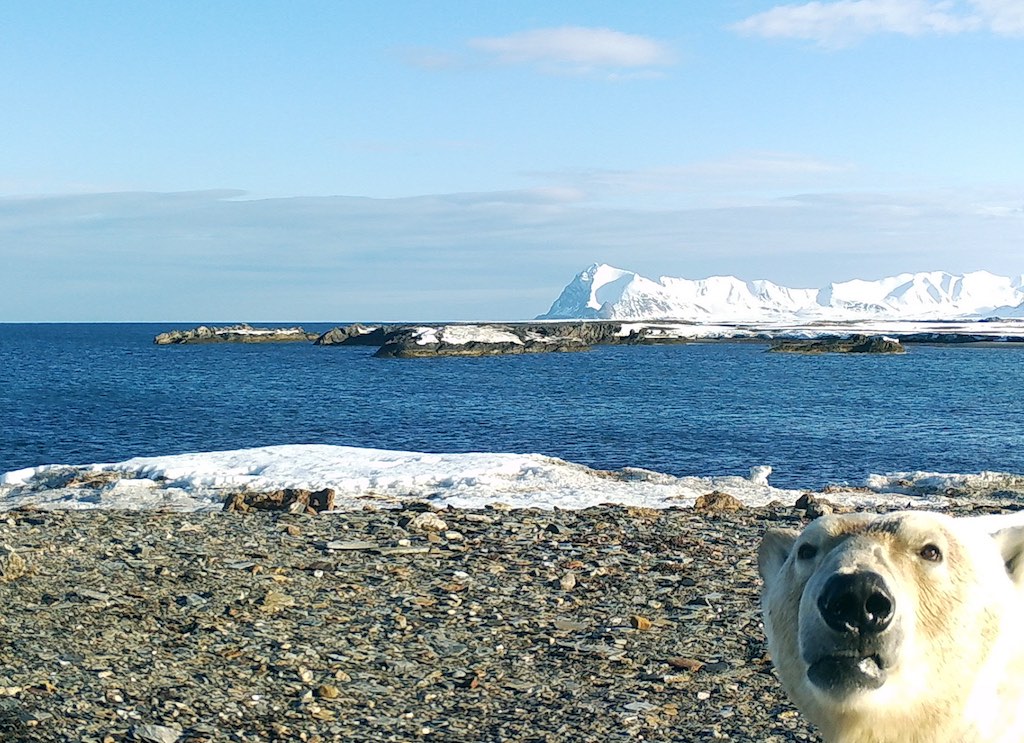
The Field Station has since May in 2019 observed the unique wilderness on the west coast of Forlandet, Spitsbergen. Tens of thousands of observations; including pictures, sounds and weather data – this “guy” was passing by… PHOTO: The Field Station | Naturae Observatio | Martin’s Eye: The IK Foundation.
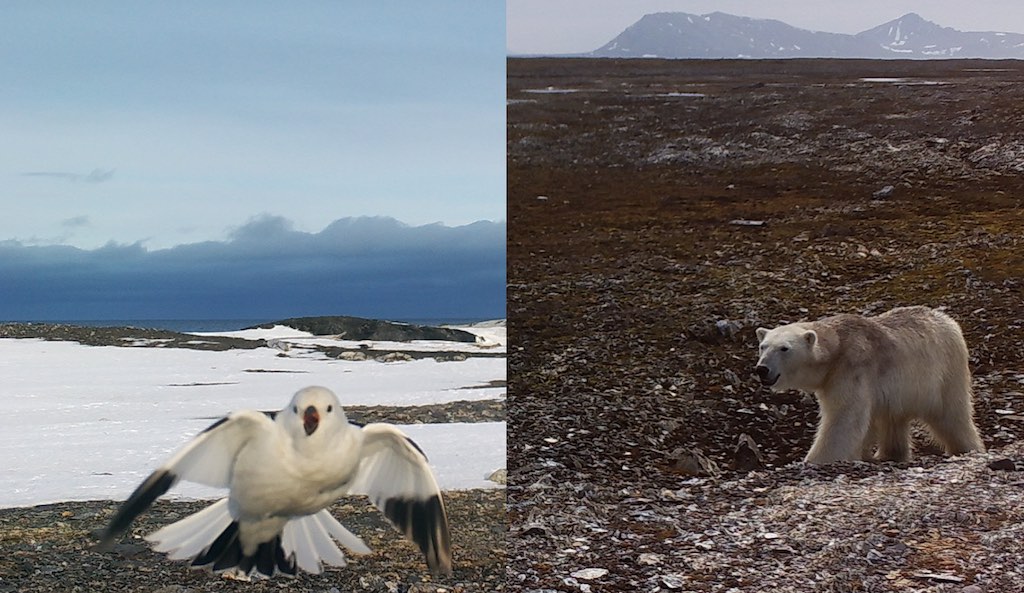
Even if the Field Station was partly damaged by passing polar bears, most of the instruments continued to work. Here som other examples – a flying snow bunting and another polar bear. All data will soon be available for all interested. PHOTO: The Field Station | Naturae Observatio | Martin’s Eye: The IK Foundation.
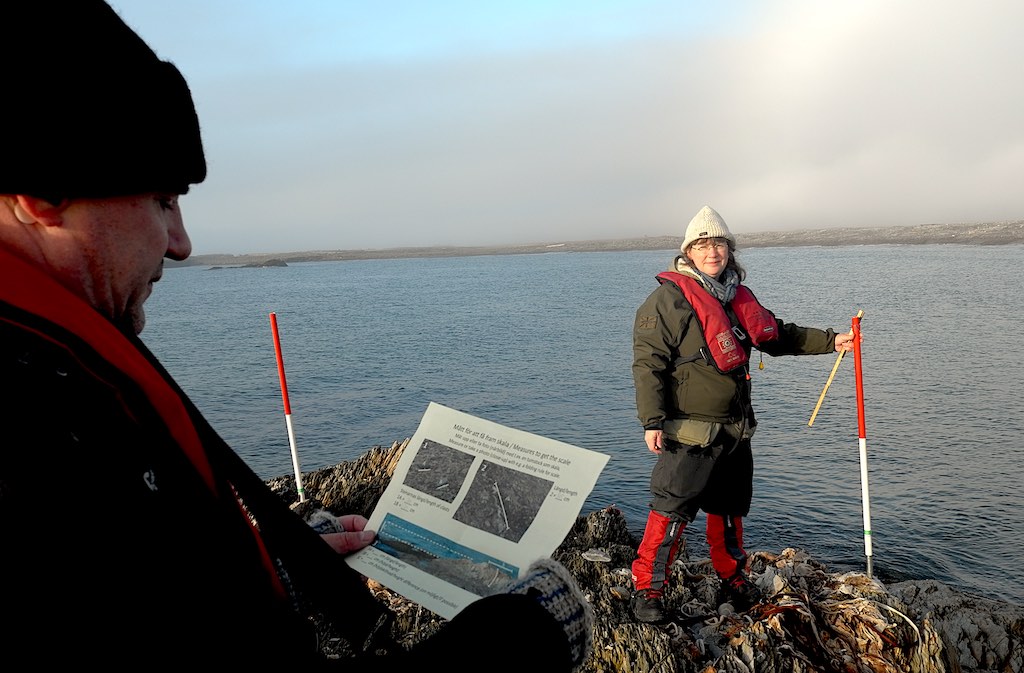
To serve some data of the Field Station, the project also adds manual surveys by the participants. Here, scale measurements for geological observations via the Field Station. However, the human impact is only a few hours on the spot compared to the autonomous Station’s work which includes thousands of work hours. PHOTO: The IK Foundation.
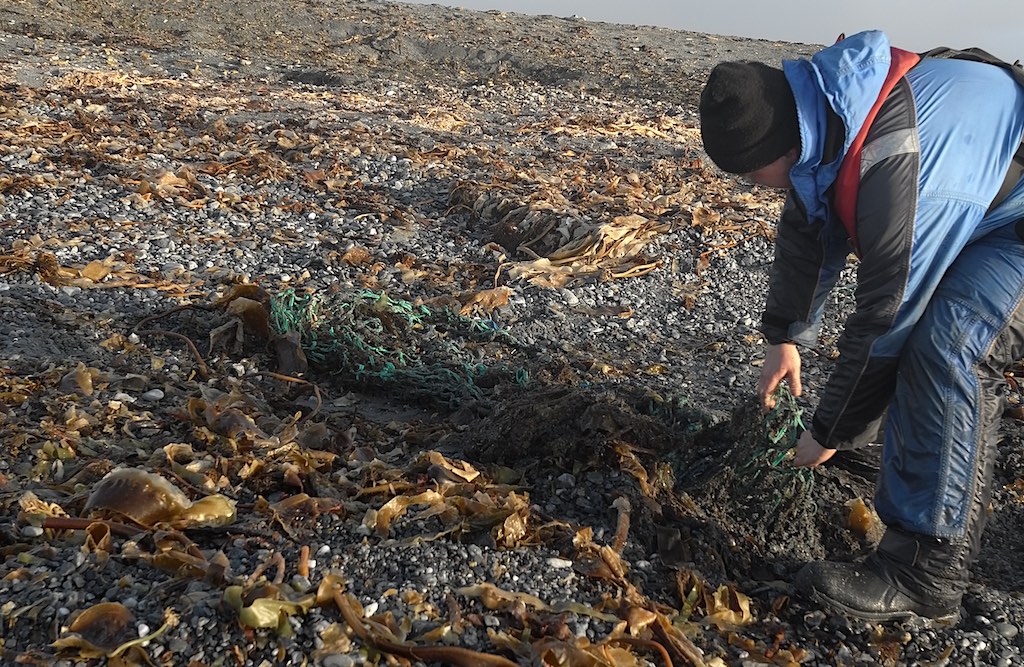
Sadly, the human impact is clearly visible via many types of waste transported by the current. Fish nets could be a danger for all animals, especially the reindeer. We brought all sorts of waste back to the expedition ship. PHOTO: The IK Foundation.
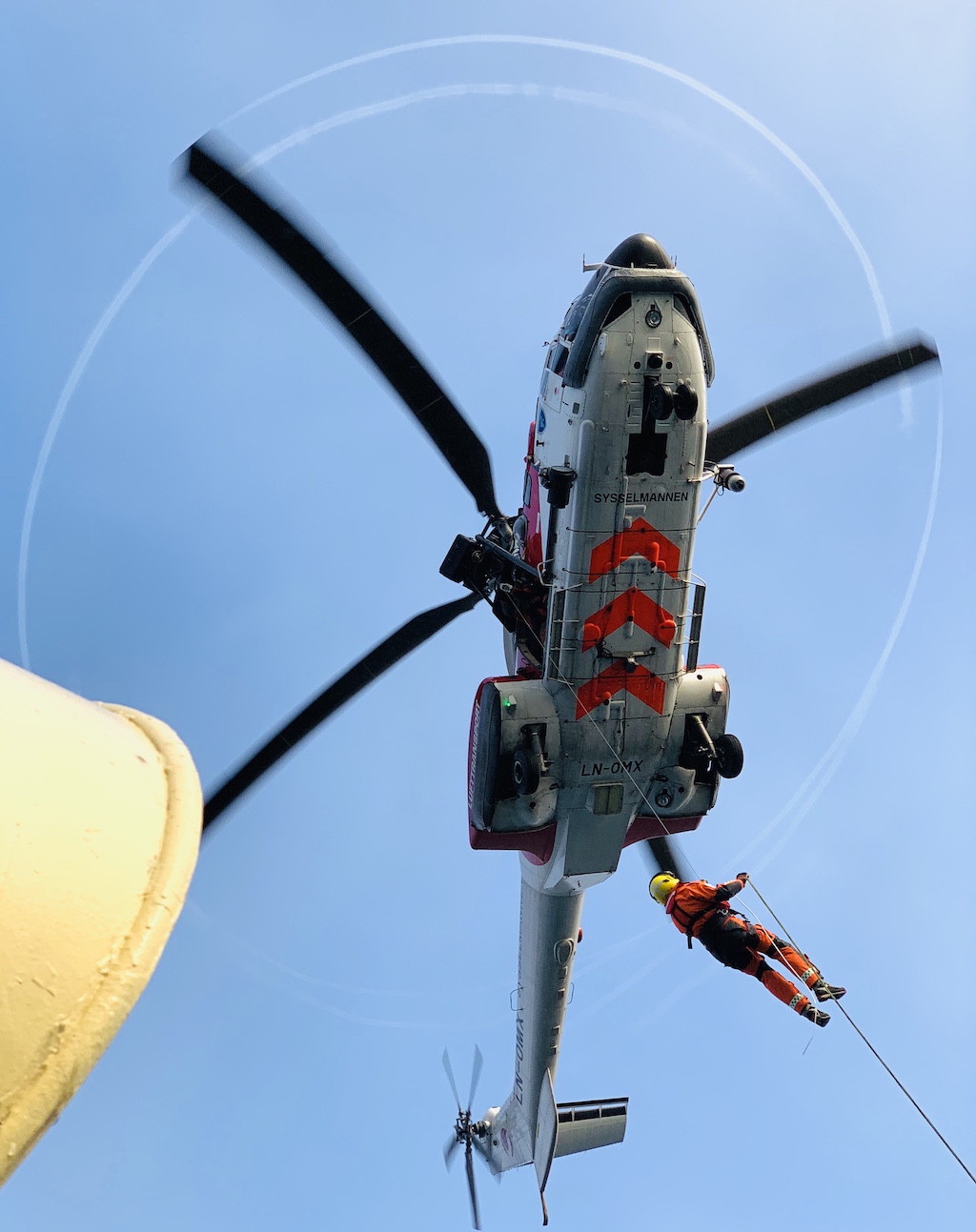
The expedition ship was also happy to collaborate with the Governor of Svalbard’s rescue helicopter during an airlift training drill; fascinating and thrilling to see… PHOTO: The IK Foundation.
|